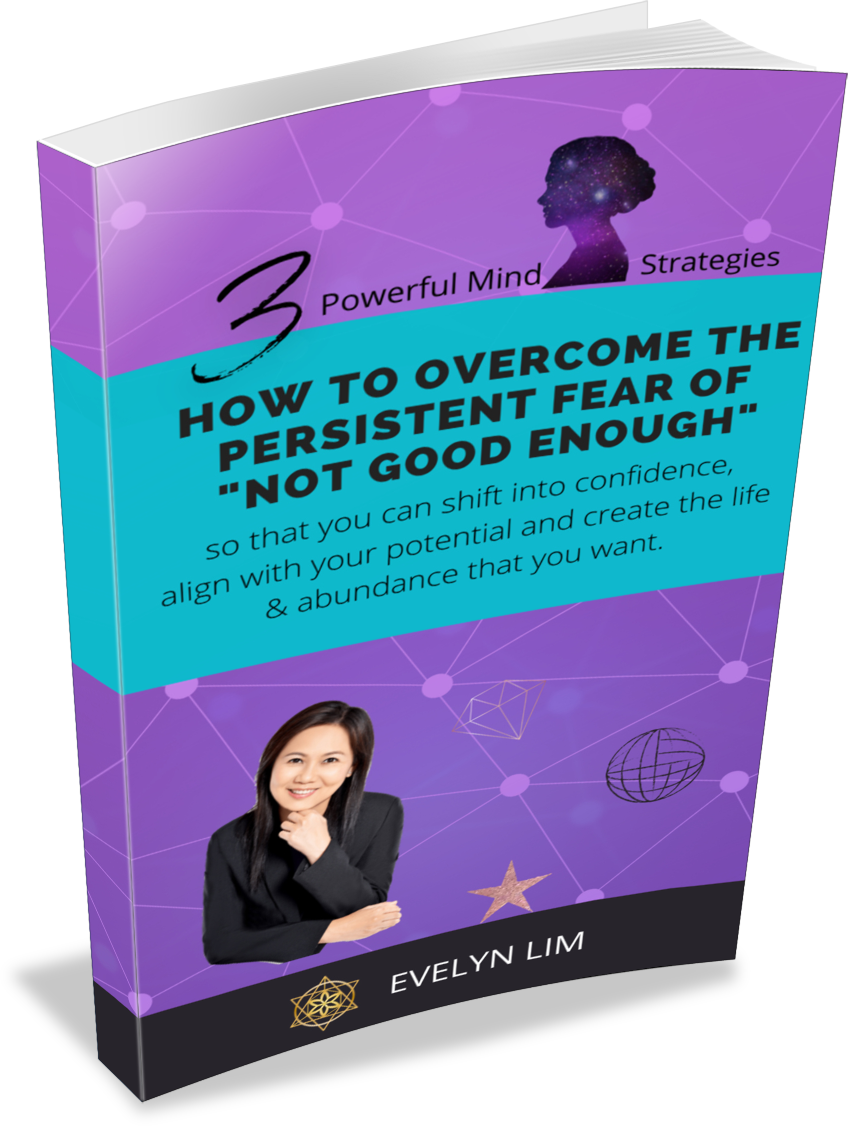The Meta Mirror Model: View Life From A New or Higher Perspective
“Every man takes the limits of his own field of vision for the limits of the world.”
~ Arthur Schopenhauer

(Mount Fuji Japan: Let’s view things from the top)
I have found the Meta-Mirror Model useful in reframing the mind. The Meta-Mirror Model allows you to break down what it means to see things from a higher perspective into practical steps. By going through the steps, it is easier to shift from being ego-centered to one operating from higher consciousness. In the eventual position, you gain a helicopter and macro view of things.
The Meta-Mirror model is developed by Robert Dilts, the co-developer of Neuro-linguistic Programming (NLP), to help individuals gain new insights and understandings about the situations they are in. In case you dismiss this exercise for its simplicity, please be aware that it has been well supported by thousands of testimonials from individuals who managed to normalize their blood pressure when they took this position.
What is the Meta-Mirror Model
“If you see the world in black and white, you’re missing important grey matter.”
~Jack Fyock
There are altogether 5 perceptual positions.
In the Meta-Mirror exercise, you assume each position; moving from first to fifth position in turn. Consider using a chalk or a piece of paper to denote the various positions, encircling your “life situation” position, on the ground.
Standing at each position, you try to see, feel and hear from the said perspective. Other than when you are standing at first position, you disassociate from your own thoughts, feelings and beliefs for all the other positions; so that you can gain some objectivity.
You can repeat the cycle many times over until you are satisfied with the results. Always end in the first position so that you can consolidate changes for the future.
The First Perceptual Position – You. In this position, you view things as yourself. You are completely associated with your five senses, what you see, hear, feel, etc. I also call this position as the one whereby your ego is fully vested in. This is the position of the “I” or the “me”.
You may perceive that that this position as bad. On the contrary, it need not be. It is helpful for the person who feels inadequate and with issues in self-confidence and self worth. It helps you find out what you really want. You become assertive and learn to draw boundaries, in this position.
The Second Perceptual Position. You are in the shoes of another person. You consider the situation from this other person’s perspective. You view things from the other person’s reality.
In this position, you develop empathy and compassion for him/her. You may also see how you have been reacting to him/her. It presents you with a choice in adjusting your relationship with him/her.
The Third Perceptual Position. You become the observer. You are in an associated position but view things with a detachment. For example, you are a producer to a screenplay that involves the first two positions. You want both parties to emerge in a win-win situation.
In this position, you do not allow your emotions in to cloud your judgment. You do not take sides. You stand back and view the relationship as it stands before you. It also allows you to feel resourceful and to give a more objective analysis over what has happened.
The Fourth Perceptual Position. This is the position of the “we” or the “us”. It involves all above three perceptual positions and interacting with each other. Robert Dilts define the fourth position from the perspective of the system; that is the team, community, family, etc. When you are in the fourth position, you experience oneness with all members of the system. Robert Dilts points out that “effective leaders are able to identify with the whole system they are influencing”. Taking the fourth perceptual position can help us move from a “me” to a “we”.
The Fifth Perceptual Position. In this position, you are viewing things from the widest perspective of all. You ask yourself: what if you are standing on the right side to your Creator/God/Universe/Spirit and looking down at yourself, your life and the situation that you are in right now? You may be able to find yourself viewing events through the progression of time. It is this position that can also help you see how your ego is working against you.
The questions you ask yourself:
– Do you see a life of misery or happiness?
– Is there an important life lesson?
– How can you lead your life differently from now with increased awareness?
Benefits of the Meta-Mirror Model in NLP
“People who look through keyholes are apt to get the idea that most things are keyhole shaped.”
~ Author Unknown
Dilts notes, that often, the way the person treats you is a “reflection” (hence, Meta- Mirror) of the way you treat yourself. The difficulties that you face externally are really things left unaddressed within yourself. The Meta-Mirror invites you to keep shifting perceptual positions inside and outside the problematic relationship, until you find an ecological solution.
Benefits of the Meta-Mirror Model
– Gain increased and expanded perspectives in conflict situations;
– Be able to “unstuck” yourself from old patterns of thinking;
– Improve relationships;
– Easier to forgive others;
– Be able to spot gaps;
– Be able to identify opportunities;
– Be able to negotiate more effectively with others;
– Understand the needs of your customers, friends and loved ones;
– Develop empathy.
Perhaps you have come across the wise advice about standing apart and looking at your presenting situation from a bigger or higher perspective, but you have had no idea how to do so. The Meta-Mirror Model offers you a framework to follow. It is what I like about NLP – having models to apply on a practical basis. From being able to adopt a new perspective on the same issue, you will find yourself shifting energetically and thus experiencing a breakthrough from a previously stuck position.
I am republishing this article, which was written a while back, because I believe that it deserves greater attention in its useful application. As a Master NLP practitioner and an intuitive consultant, I am often asked the question by clients: what is my life lesson from my experience? Well, if you would like to uncover it for yourself, one way is use the Meta-Mirror Model. Of course, it can also help to work with a practitioner for added perspectives on your situation 🙂
“Every exit is an entrance somewhere else.”
~Tom Stoppard
Extra Tips: 1. You can also combine using the Meta-Mirror Model with intuitive journaling, whereby you access a deep center within yourself for answers especially when you are in the fifth perceptual position.
2. You can also get a crash course on NLP with 8 top techniques here.
Love and Abundance Always,

Author. Adventurer. Life Coach. More About Me.
Share Your Stories
Do share how putting things into perspective has helped you at one stage.



Evelyn Reply:
March 27th, 2012 at 10:37 am
Hi there,
You made a great point that it will be wonderful if we are taught some NLP coping strategies in school. The emphasis for schools here is on academic achievements rather than practical techniques that can help us deal with life’s challenges. Thus, I hope to help my kids with these myself.
Thank you for sharing your thoughts,
Evelyn
[Reply]